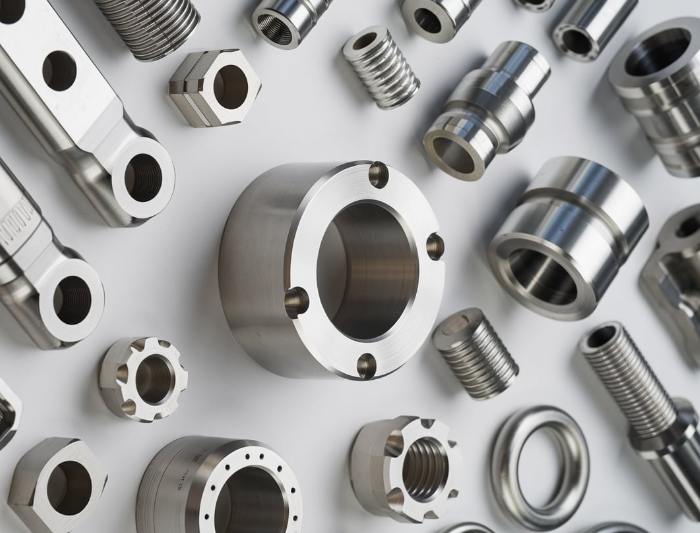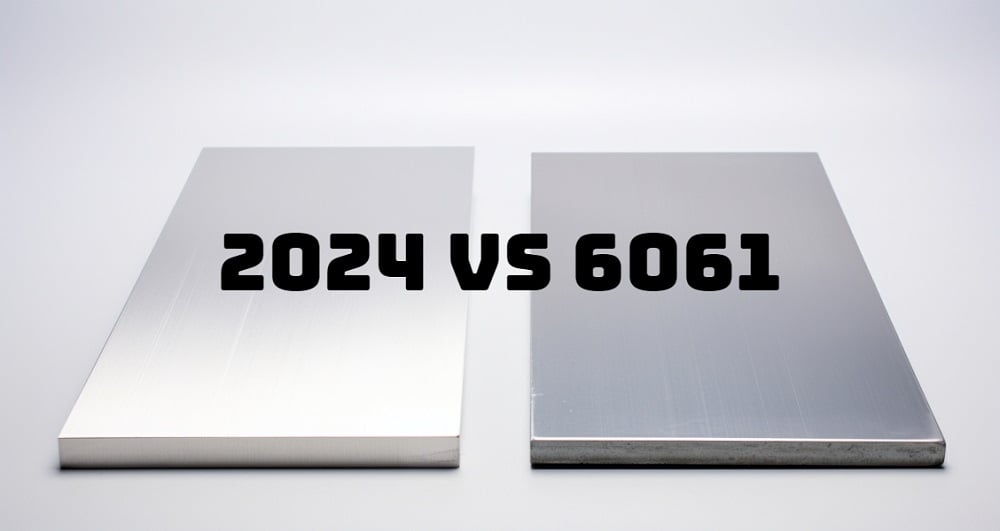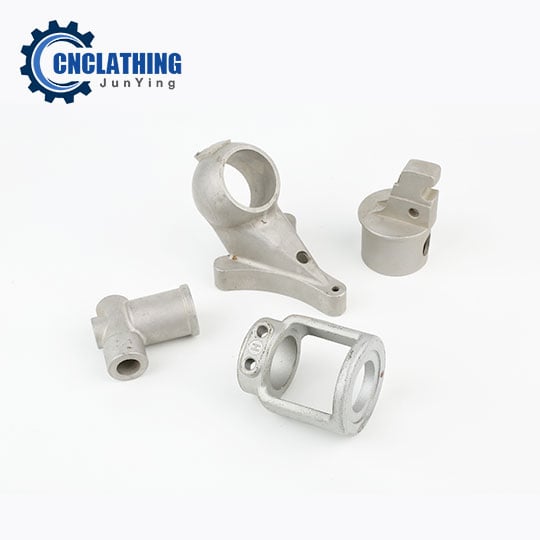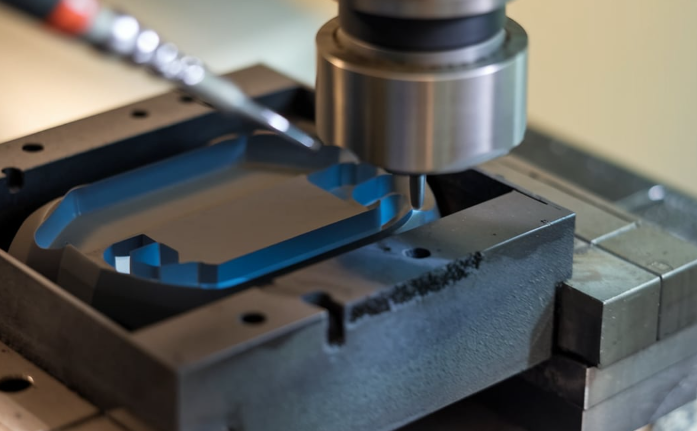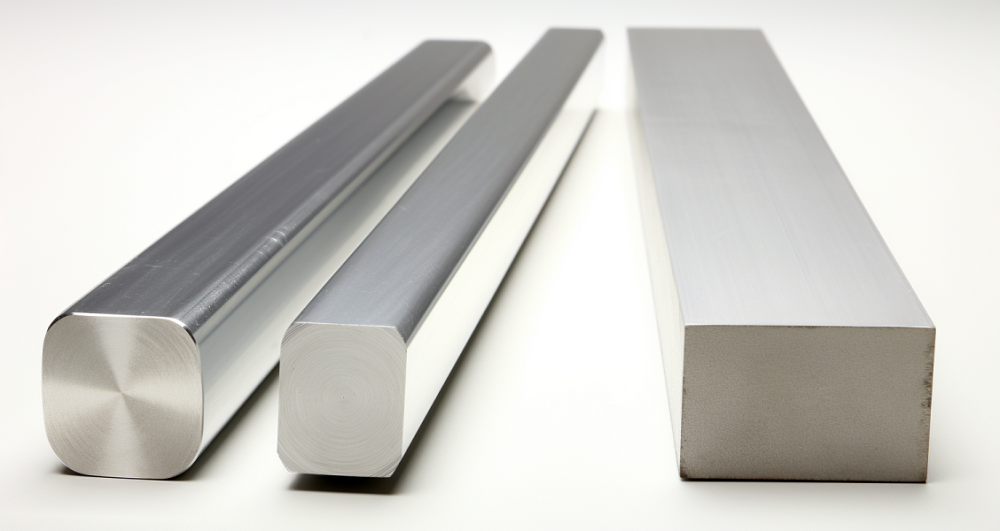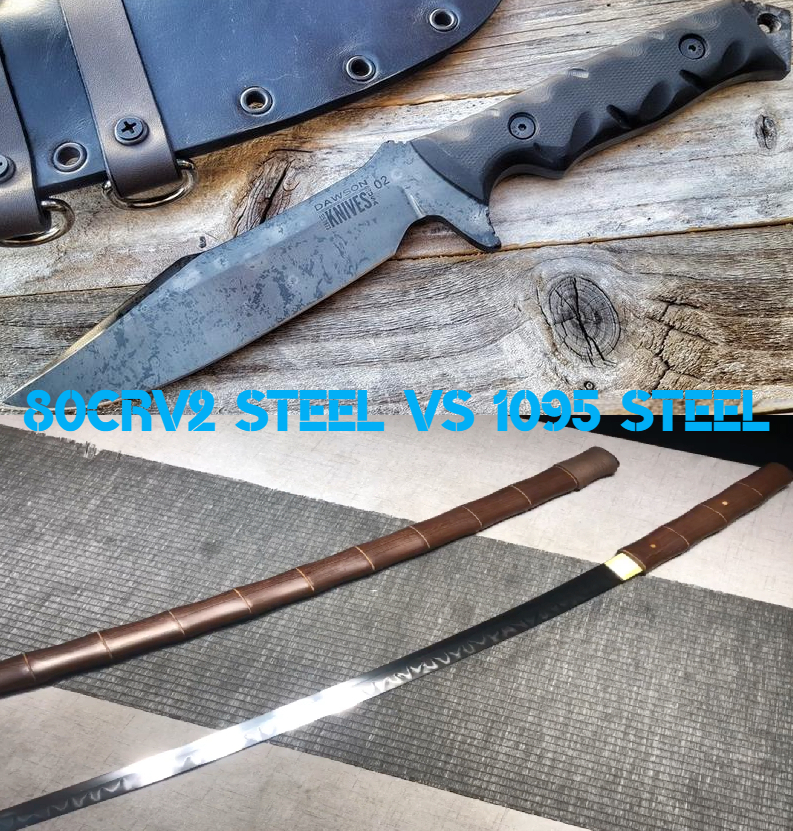Aluminum die casting is a popular manufacturing process used to produce precise, complex metal parts across industries like automotive, aerospace, and consumer products. Two of the most common aluminum alloys used in die casting are A383 and A380. Also known as ADC12 and ADC10 respectively, these two alloys make up a significant portion of all aluminum die-cast parts produced globally. A383 has become the dominant alloy, especially in Asia, due to its balanced properties, machinability, castability, and relatively low cost. However, the A380 maintains popularity in some regions as well. Here we will take an overview of A383 material by breaking down its composition, properties, applications, and differences with A380 aluminum die-casting alloy.
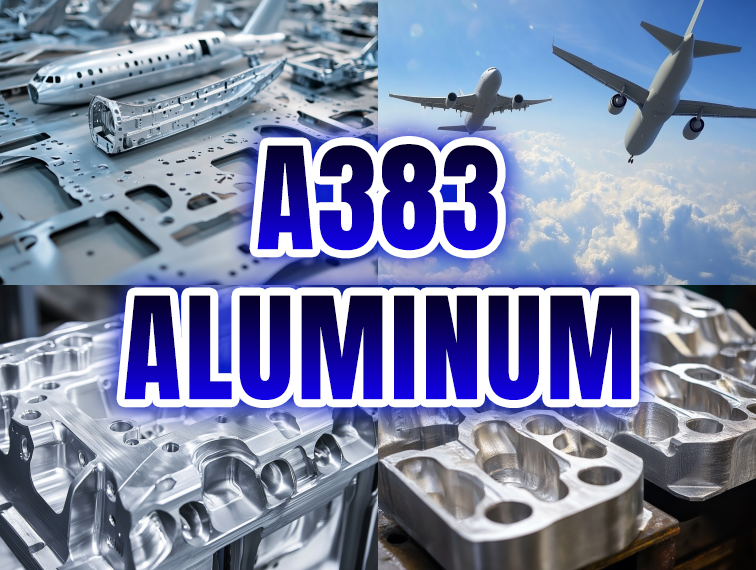
What is A383 Aluminum Material?
A383 is an aluminum alloy used in aluminum die-casting manufacturing, also known as ADC12 material. This metal is one of the materials for aluminum die casting and is known for its balanced mechanical properties, machinability, and castability. Additionally, it is known for having high thermal conductivity.
A383 Aluminum Equivalents:
A383 aluminum has equivalents in other systems:
- ASTM B85: A383.0
- DIN: G-AlSi9Cu3
- JIS: ADC12
These equivalents are based on similar compositions and properties, though slight variations might exist. Always check specific standards for detailed composition and mechanical properties.
Advantages of A383 Material:
- Good Mechanical Properties – Mechanical properties refer to the inherent mechanical features of a material, such as its tensile strength and durability against external forces like compression and shear. A383 is an alloy with excellent mechanical properties.
- Corrosion resistance – The alloy contains additions like chromium and zinc that improve its resistance to corrosion, especially in marine environments.
- Good Machinability – Machinability refers to how easily a material can be cut and processed. ADC12 is known for its excellent machinability.
- Good Castability – This alloy presents few difficulties when being cast.
- Low cost – It is less expensive than other aerospace alloys like steel or titanium.
Disadvantages of A383 Material:
- Lower strength than some alloys – While strong, A380 lacks the very high strength of alloys like 7075 or 2024 used in structural aircraft components. It has more limited applications.
- Susceptible to stress corrosion cracking – The alloy is prone to cracking over time, especially when exposed to stresses in corrosive environments. This limits its use.
- Poor high temperature performance – The relatively low melting point of aluminum limits the alloy’s usefulness in high temperature applications. It loses strength over 150°C.
- Electrically conductive – Aluminum is highly electrically conductive, which can be a downside in some electrical applications. Insulation may be required.
- Welding Challenges – Welding aluminum can be more challenging than welding other metals, often requiring special techniques and expertise.
Chemical Composition and Material Properties of A383 (ADC12) Aluminum
A383 is an alloy defined by the ASTM. The chemical composition of A383 is specified in ASTM B85 for aluminum alloy die castings. Below are the details of its composition by mass percentage:
| Alloy Name | Cu | Si | Mg | Zn | Fe | Mn | Cr | Ni | Sn | Pb | Ti | Al |
| ADC12 | 1.5-3.5 | 9.6-12.0 | ≤0.3 | ≤1.0 | ≤1.3 | ≤0.5 | – | ≤0.5 | ≤0.2 | ≤0.2 | ≤0.3 | Balance |
Si (Silicon):
Silicon, when present in large amounts, positively affects the fluidity of the melt and resistance to solidification cracking. A eutectic solidification pattern is crucial for ensuring good castability.
Cu (Copper):
Copper increases strength through precipitation hardening but at the expense of toughness and corrosion resistance. Copper is commonly referred to as “copper” in English as well.
Mg (Magnesium):
Magnesium, like copper, enhances strength through precipitation hardening. However, being a highly reactive element, it requires careful handling to avoid oxidation.
Fe (Iron):
Iron decreases toughness, hence its upper limit is strictly controlled. It also plays a role in alleviating sticking in molds.
A383 material is an Al-Si-Cu alloy. Its material properties are determined based on this chemical system, with various elements included. There are interactions between elements, so it is not always straightforward to specify the ideal composition. Even within the ASTM standard range, there can be issues with adding too much or too little of certain elements. Production engineers need to have the ability to overview the material components comprehensively.
Physical and Mechanical Properties of A383 (ADC12) Aluminum
In fact, among aluminum alloys, A383 does not have very good thermal conductivity. Since the thermal conductivity of pure aluminum is 236 W/m°C, it is less than half of that. As aluminum characteristics vary, please be cautious when selecting materials.
The table below illustrates the physical properties of A383 (ADC12):
| Alloy Name | Density (Mg/m³) | Liquidus (°C) | Solidus (°C) | Coefficient of Thermal Expansion (20°C, x10^-6/°C) | Coefficient of Thermal Expansion (20-200°C, x10^-6/°C) | Coefficient of Thermal Expansion (30-300°C, x10^-6/°C) | Thermal Conductivity (W/m°C) | Young’s Modulus (GPa) |
| A3832 | 2.70 | 580 | 515 | – | 21.0 | – | 92 | – |
A383 has reasonable yield strength and tensile strength, but it exhibits low elongation and significant variability. This is why it is often described as a hard and brittle material. Such materials can crack due to casting defects, making it challenging to ensure strength quality. Fatigue strength also shows large variability. Therefore, it is common to use a high safety factor.
The following table shows the mechanical properties of A383 (ADC12):
| Alloy Name | Yield Strength (MPa) | Tensile Strength (MPa) | Elongation (%) | Hardness (HB) | Hardness (HRB) |
| ADC12 | 157 (σ=14) | 228 (σ=41) | 1.4 (σ=0.8) | 74.1 (σ=1.5) | 40.0 (σ=1.8) |
From the perspective of structural designers, A383 can be quite challenging to use. Surprisingly, when this alloy is used, it is often designed for considerably low stress levels. The poor quality of die-cast products is a significant limitation, and the material properties of A383 are not always superior, which is the actual situation.
Applications of A383 Aluminum Material
More than 90% of die-cast products use A383 – ADC12 in Asia. While it might seem dismissive to say that, there are indeed specific applications determined for A383 aluminum. Die-cast products using A383 material are designed to avoid actively bearing stress. For example, it is applied to aluminum parts such as:
- Transmission cases
- Cylinder blocks
- Cylinder head covers
- Inverter cases
A383 aluminum is used in a variety of parts including automotive components, motorcycles, agricultural machinery, and household appliances. Though engine parts and drive components might seem to bear significant forces, they are designed to endure low stress, which is the actual situation. If not, the material would break due to its properties. Therefore, it is not suitable for parts that bear active stress, such as automotive frames and wheels.
As you might notice from the list above, A383 is predominantly used in parts for internal combustion engine vehicles. Due to its frequent use in engines and transmissions, it is expected that the demand for A383 will decrease relatively as the shift towards electric vehicles (EVs) progresses. As mentioned earlier, more than 90% of die-cast products use A383. In other words, the processes have been optimized for A383. Thus, if a material change is required, it might pose a challenge to modify the processes.
A383 vs A380 Aluminum: What are the Differences Between ADC10 vs ADC12?
A380 aka ADC10 aluminum is another popular die-casting alloy known for its excellent balance of properties. Here are the differences between A383 and A380 aluminum alloys:
- Chemical Composition
Silicon (Si) Content: A380 has a lower Si content (7.59.5%) compared to A383 (9.612.0%). This affects the fluidity during casting, with A383 having better fluidity.
Copper (Cu) Content: A380 contains slightly more Cu (2.04.0%) than A383 (1.53.5%).
- Mechanical Properties
Yield Strength and Tensile Strength: A380 has slightly higher yield strength (160 MPa) and tensile strength (320 MPa) compared to A383 (157 MPa and 310 MPa, respectively).
Hardness: A383 has a slightly higher hardness (86 HB) compared to A380 (83 HB).
- Usage and Transition
Replacement: A380 has been largely replaced by A383 in die-casting due to cost reductions and material standardization, especially in the automotive industry.
International Use: While A383 aka ADC12 is commonly used in Japan, A380-like alloys are more prevalent in Europe.
At DieCasting Mould, we excel in die casting and support our customers’ product manufacturing. If you are at the idea stage of product development, please feel free to consult with us.


